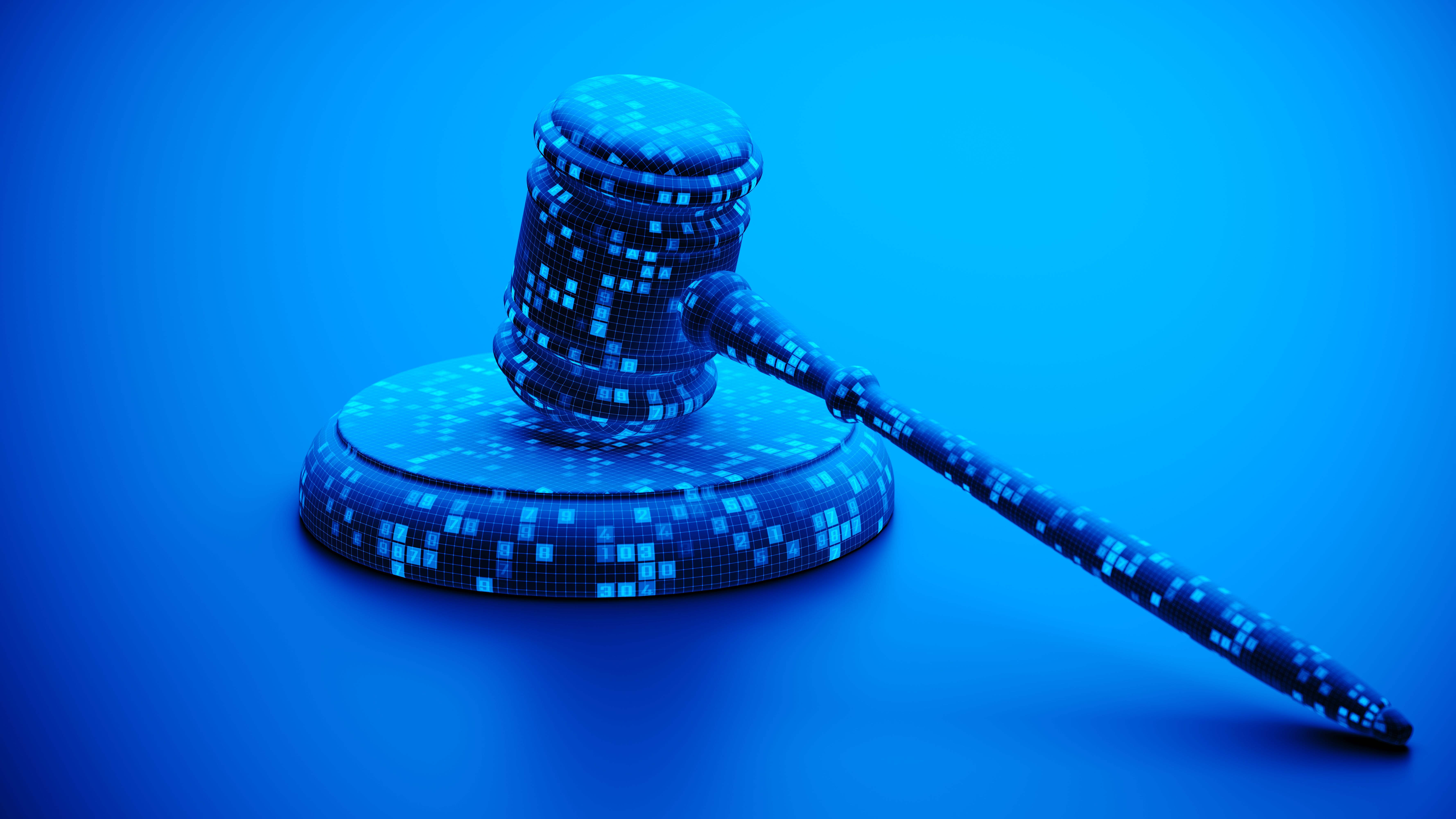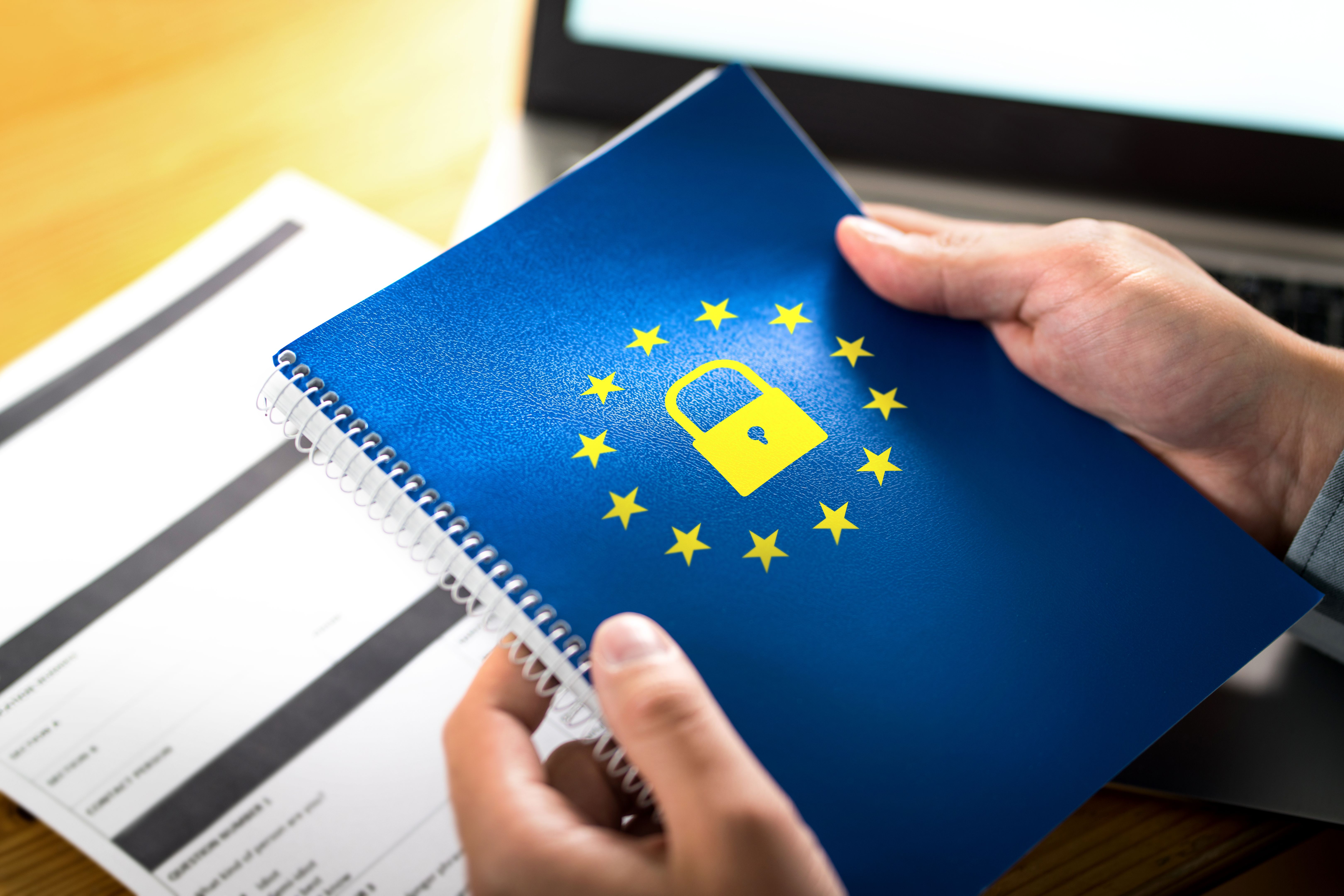EU AI Act: The Wake-Up Call You Can’t Ignore
SC
Understanding the EU AI Act
The European Union has introduced the AI Act, a landmark regulation aimed at establishing a legal framework for Artificial Intelligence. As businesses increasingly integrate AI technologies, understanding and complying with these regulations has become crucial. The AI Act is designed to ensure that AI systems operating within the EU are safe, ethical, and respect fundamental rights.
The act categorizes AI systems into four levels of risk: unacceptable, high, limited, and minimal. Businesses will need to evaluate their AI applications and determine the level of risk associated with each. This classification will dictate the compliance requirements they must follow. Failing to adhere to these regulations could lead to significant penalties.

Assessing the Impact on Your Business
For businesses utilizing AI, the first step is to conduct a thorough assessment of how the AI Act impacts their operations. This involves identifying all AI systems in use and evaluating their compliance with the new regulations. Companies will need to understand which of their AI applications fall under the 'high-risk' category and what specific obligations they will need to meet.
High-risk AI systems are subject to stricter requirements, including risk management systems, logging capabilities, and human oversight. Businesses will need to implement comprehensive strategies to ensure these systems comply with EU standards. This may involve updating existing technologies or investing in new compliance mechanisms.

Steps to Ensure Compliance
- Identify and Categorize: List all AI systems and categorize them according to risk level.
- Conduct a Risk Assessment: Evaluate potential risks associated with each AI system.
- Implement Compliance Measures: Develop strategies to meet the specific requirements for each risk category.
Preparing Your Team
Compliance with the EU AI Act is not solely a technological challenge but also a human one. It is essential to prepare your team for these changes. Training sessions should be organized to educate employees about the new regulations and their implications for daily operations. Ensuring that your team understands their roles in maintaining compliance is crucial for successful implementation.
Moreover, appointing a dedicated compliance officer or team can help streamline the process. This team will be responsible for overseeing compliance efforts, conducting regular audits, and staying updated on any changes in regulations. This proactive approach can mitigate risks and ensure that your business remains compliant.

Leveraging Technology for Compliance
Technology can play a pivotal role in achieving compliance with the EU AI Act. Implementing advanced monitoring tools can help businesses track the performance and impact of their AI systems. These tools can provide valuable insights into potential risks and areas for improvement, facilitating a more efficient compliance process.
Additionally, businesses may consider collaborating with technology partners who specialize in AI compliance solutions. These partnerships can provide access to cutting-edge technologies and expertise that can simplify the path to compliance.

The Benefits of Compliance
While navigating the EU AI Act may seem daunting, it presents an opportunity for businesses to enhance their operations and reputation. By prioritizing ethical AI practices, companies can build trust with consumers and stakeholders. Compliance can also drive innovation, as businesses develop safer and more reliable AI systems.
In conclusion, preparing for the EU AI Act requires a strategic approach that combines assessment, training, technology, and collaboration. By taking proactive measures now, businesses can not only ensure compliance but also position themselves as leaders in ethical AI deployment.
